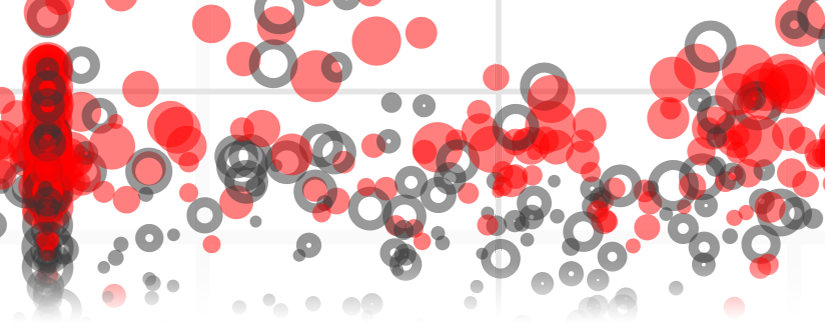If you use an anonymity network such as Tor on a regular basis, you are probably familiar with various annoyances in your web browsing experience, ranging from pages saying “Access denied” to having to solve CAPTCHAs before continuing. Interestingly, these hurdles disappear if the same website is accessed without Tor. The growing trend of websites extending this kind of “differential treatment” to anonymous users undermines Tor’s overall utility, and adds a new dimension to the traditional threats to Tor (attacks on user privacy, or governments blocking access to Tor). There is plenty of anecdotal evidence about Tor users experiencing difficulties in browsing the web, for example the user-reported catalog of services blocking Tor. However, we don’t have sufficient detail about the problem to answer deeper questions like: how prevalent is differential treatment of Tor on the web; are there any centralized players with Tor-unfriendly policies that have a magnified effect on the browsing experience of Tor users; can we identify patterns in where these Tor-unfriendly websites are hosted (or located), and so forth.
Today we present our paper on this topic: “Do You See What I See? Differential Treatment of Anonymous Users” at the Network and Distributed System Security Symposium (NDSS). Together with researchers from the University of Cambridge, University College London, University of California, Berkeley and International Computer Science Institute (Berkeley), we conducted comprehensive network measurements to shed light on websites that block Tor. At the network layer, we scanned the entire IPv4 address space on port 80 from Tor exit nodes. At the application layer, we fetch the homepage from the most popular 1,000 websites (according to Alexa) from all Tor exit nodes. We compare these measurements with a baseline from non-Tor control measurements, and uncover significant evidence of Tor blocking. We estimate that at least 1.3 million IP addresses that would otherwise allow a TCP handshake on port 80 block the handshake if it originates from a Tor exit node. We also show that at least 3.67% of the most popular 1,000 websites block Tor users at the application layer.
